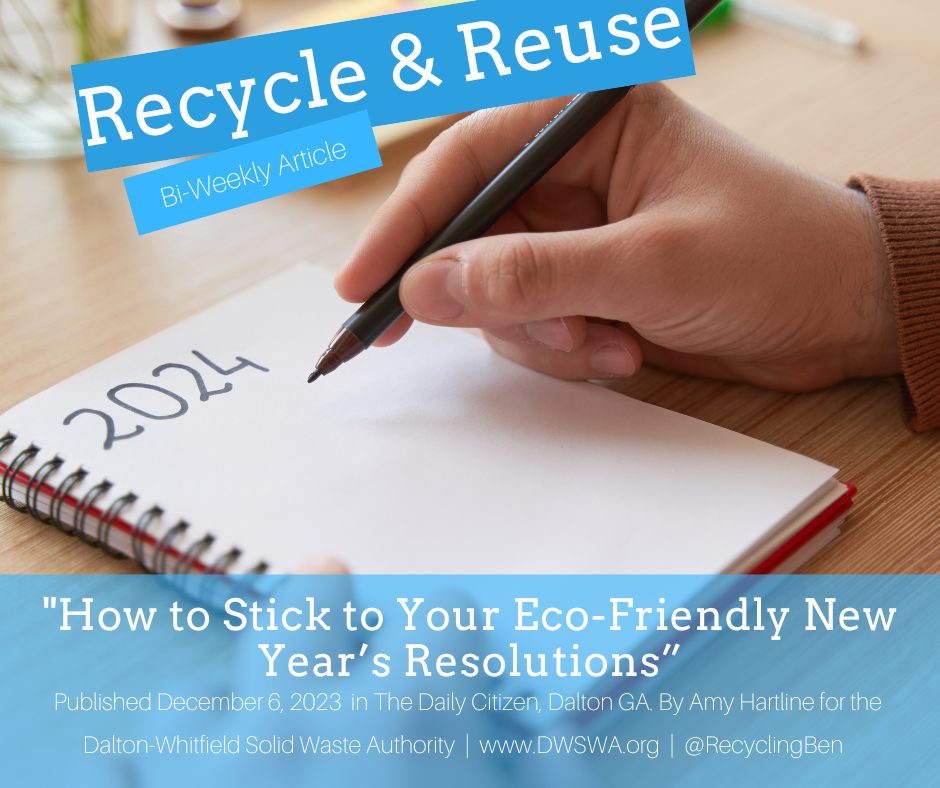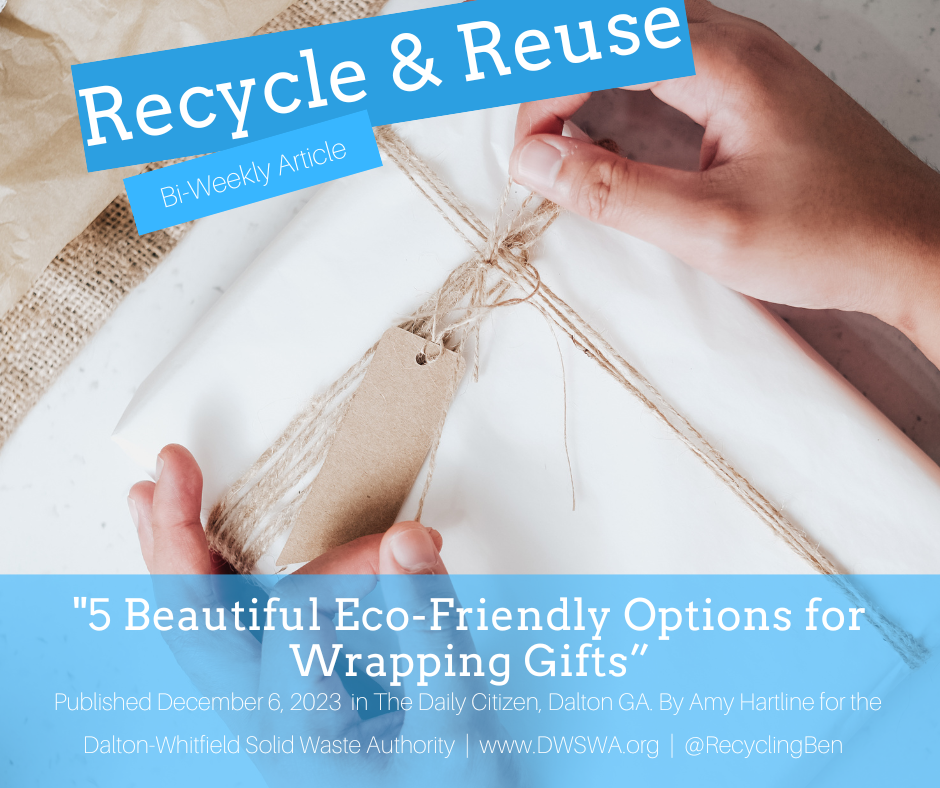Composting: A Year of Trial and Error
/Last week was International Compost Awareness week and it also marked my first full year of aerobic composting. Composting is easy to jump into, but can require a little finesse to get “just right” so I wanted to take you through my first year of trial and error with composting.
• Zero months: I started off by researching different types of DIY composters. I wanted to build my own inexpensively because I wanted to be able to teach others how to do the same even with limited resources. I decided to start with a gallon composter. I bought a paint gallon bucket and lid for $3 and used my drill to drill holes all the way around and on the top and bottom. I then mixed in two-parts fallen leaves and one-part fruit scraps.
When you are composting it is important to follow the correct ratio of two-parts brown to one-part green. Brown materials are things rich in carbon such as fallen leaves, shredded newspaper or cardboard and sawdust. Green materials are rich in nitrogen such as fruit scraps, vegetable scraps and green plants.
When I started my compost bin, the ratio was great, but I wish that I had used a smaller drill bit. Because the holes in the paint gallon were too big. I did have issues with pests like mosquitos being attracted to it. If you are going to try out a gallon composter I recommend using a 3/16th drill bit to get holes that aren’t too big or too small.
• Six months: Through the first half of the year of composting, I had my share of setbacks. I quickly found I had much more green material than brown. There are a couple of ways to tell if you have too much green material. If your compost starts to get stinky and doesn’t have a nice earthy smell, you don’t have enough brown material. If it is too moist so that instead of creating compost the contents are just rotting, there isn’t enough brown materials. You’ll create green material regularly through kitchen scraps. To make it easier to have a better ratio, I spent some time just gathering and storing brown material near my compost so that I could throw some in every time I brought out my kitchen scraps.
At about six months, I had a new pest. Ants! A few days earlier, I had put in half a slice of bread. While I hadn’t had any issues from the grain before, the ants were clearly visiting my compost solely for it. I let nature take its course for a week and then did not put any more grains such as rice, bread or pastries in my compost again.
• Twelve months: At this point, I’ve been able to actually create some usable compost and have learned a couple of lessons. I still struggle with maintaining a good turning schedule. Consistently turning your compost helps air circulate through and generate faster compost creation. I’d like to get started using a weekly schedule.
I have successfully been able to compost egg shells! At first, it felt like I was waiting months for the eggshells to compost. After teaching a class at the Lakeshore Community Garden, however, I heard a trick. To compost egg shells stick them in the microwave for one to two minutes and crush them up before putting them in your compost. This breaks up the membrane and they compost easily afterwards.
Overall, I’m ecstatic with how my compost has been working! Not only do I have something to help my plants grow better, but I have been able to cut down on pounds of food waste being sent to the landfill. If you have been surprised by the amount of trash you were generating in your homes the last few weeks, consider starting a compost bin to help combat our landfill usage!
Amy Hartline is the recycling and education program coordinator for the Dalton-Whitfield Solid Waste Authority. Have a recycling question? Contact her at (706) 278-5001 or ahartline@dwswa.org.
































